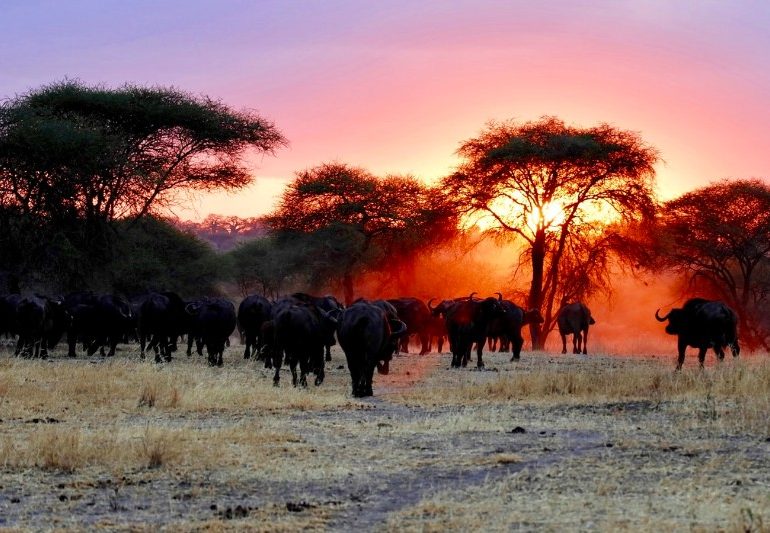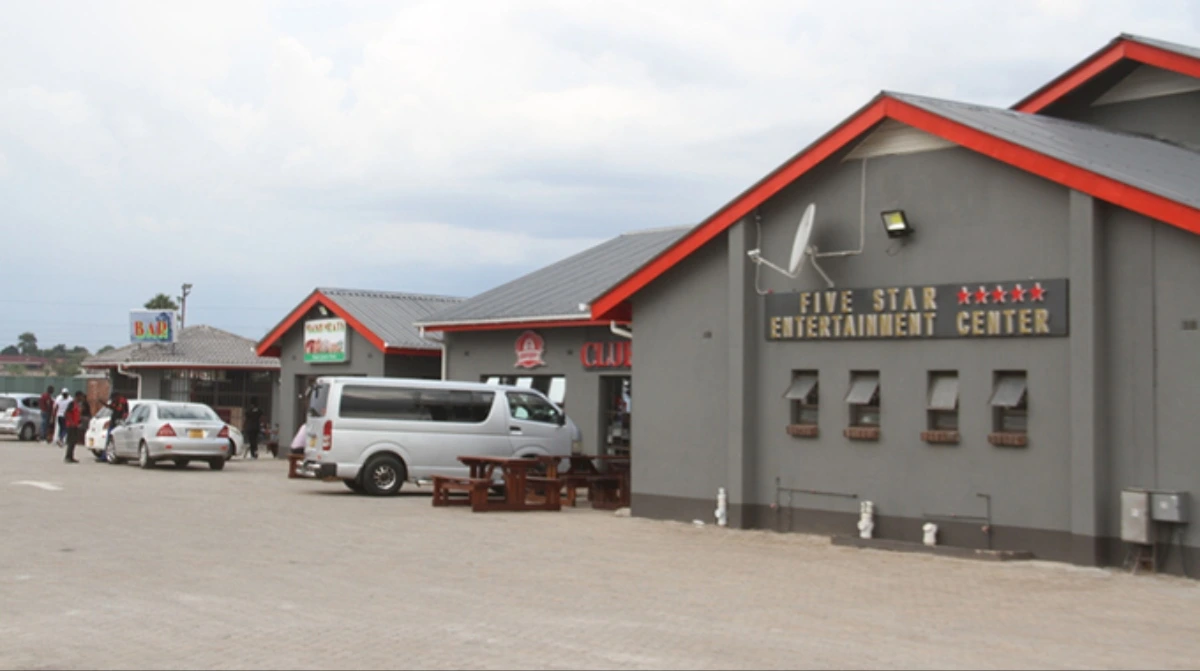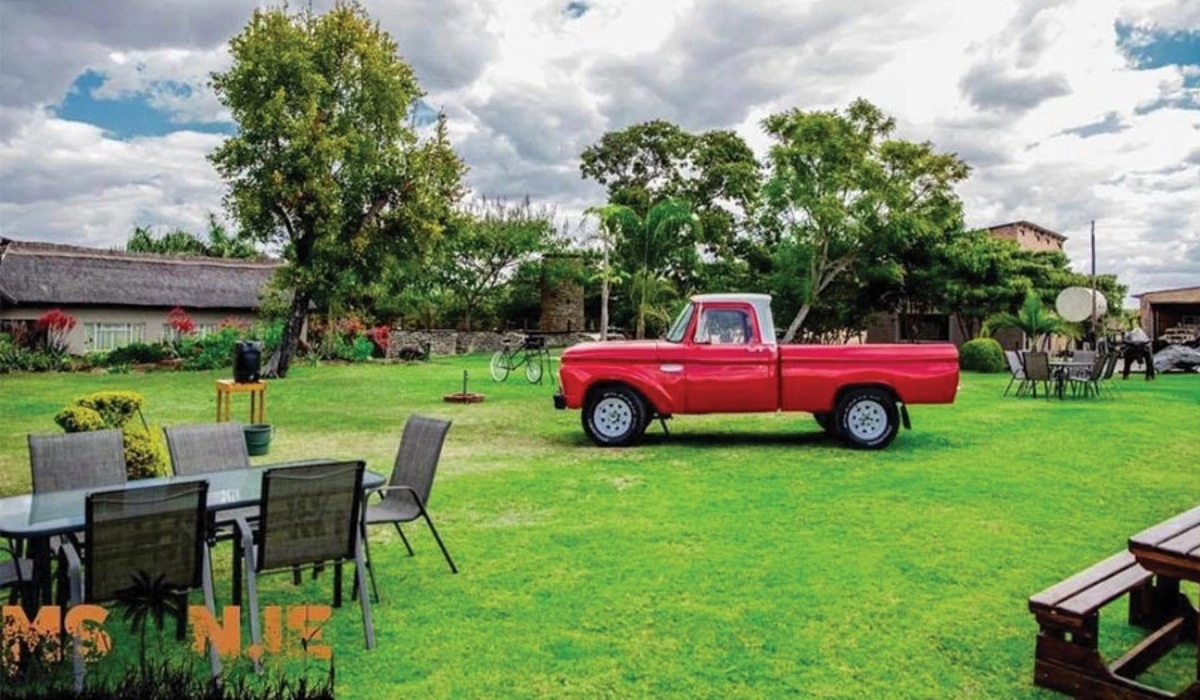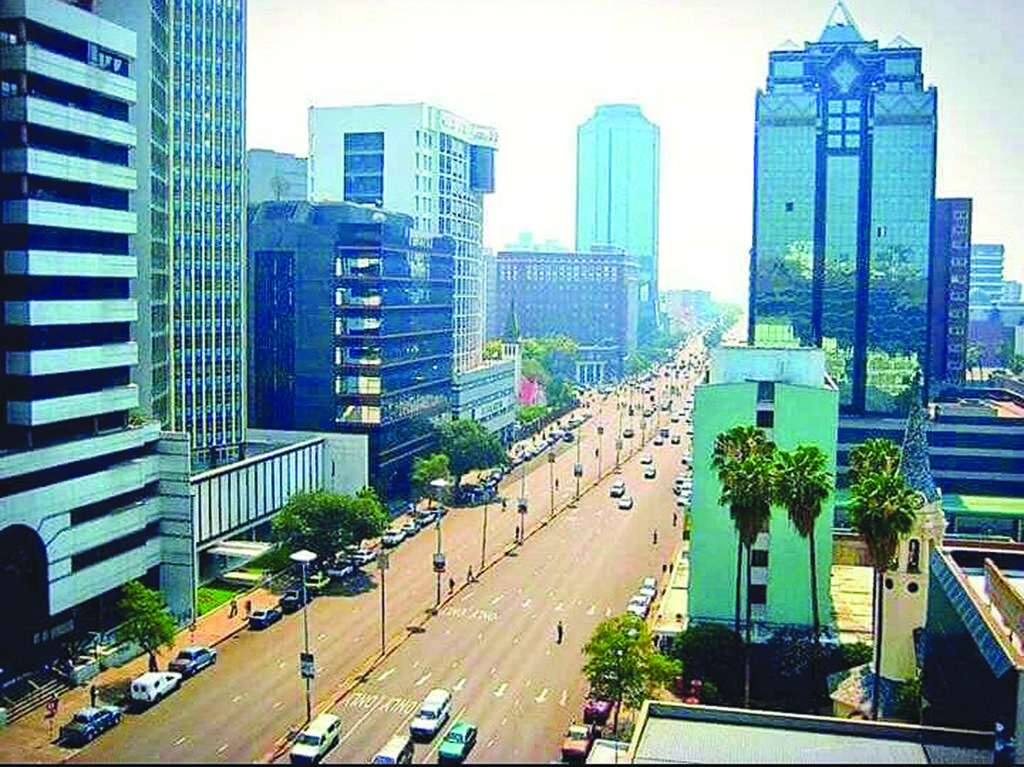Nestled on the majestic Zambezi Escarpment, the untouched beauty, Chizarira National Park offers a mesmerizing blend of diverse landscapes, captivating wildlife, and rich cultural heritage. Whether you’re a seasoned adventurer or a nature enthusiast seeking tranquility, this hidden gem in northwestern Zimbabwe promises an unforgettable experience.
Location and Geography of Chizarira National Park
Situated in the remote reaches of Matabeleland North Province, Chizarira sprawls across approximately 2,000 square kilometers (772 square miles). Its dramatic topography encompasses towering plateaus, deep gorges carved by the mighty Zambezi River, and vast floodplains bursting with life. This unspoiled wilderness borders Sapi Reserve in Zambia, creating a transboundary conservation area teeming with diverse flora and fauna.
GPS Coordinates:
17°S, 27°E
Distance from Harare City Centre:
Approximately 509 kilometers (380 miles)
Travel Time from Harare:
Approximately 8-9 hours by car
Distance from Mutare:
Approximately 772 kilometers (477 miles)
Travel Time from Mutare:
Approximately 12-13 hours by car
Distance from Bulawayo:
Approximately 387 kilometers
Travel Time from Bulawayo:
Approximately 6-7 hours by car.
Also Read: Discover the Natural Splendor of Bvumba Botanical Gardens in Zimbabwe
Historical of Chizarira National Park
Proclaimed a non-hunting reserve in 1958, Chizarira National Park later became a sanctuary for wildlife displaced by Lake Kariba’s rising waters. Chizarira’s history is closely intertwined with the BaTonga people, who have inhabited this land for centuries. They hold an intimate understanding of the park’s ecology and spiritual significance. Archaeological evidence suggests human presence dating back to the Stone Age, with rock paintings offering glimpses into ancient lives. The park’s official gazettement in 1973 marked a pivotal moment in preserving its natural treasures.
Unlike more popular parks, such as Mana Pools, Chizarira offers a more secluded experience, appealing to those who relish wilderness exploration on foot with professional guides. The park boasts strong lion prides, hyena packs, and occasional leopard sightings. Birdwatchers find a haven here, with the gorges providing homes for falcons and the black eagle making frequent appearances.
Ecological Diversity and Landscape
Covering an extensive area of 192,000 hectares (470,000 acres), Chizarira National Park is Zimbabwe’s third-largest national park. Its ecological diversity spans from lowveld valley vegetation to highveld broadleaf woodland. The park features Brachystegia species dominating the hills, Mopane forests, and Baobabs at lower altitudes. A morning bushwalk can take visitors through several distinct vegetation zones, showcasing the park’s remarkable biodiversity.
Unveiling the Park’s Diverse Wonders
Weather:
Chizarira experiences distinct seasons, with a dry season from April to October and a rainy season from November to March. Temperatures range from highs of 30°C (86°F) in the summer to lows of 5°C (41°F) in the winter. The rainy season transforms the landscape, bringing verdant vegetation and cascading waterfalls.
Wildlife:
Chizarira boasts a breathtaking array of animals, including elephants, lions, leopards, cheetahs, giraffes, zebras, and over 400 bird species. This haven for endangered species like the black rhinoceros and the African wild dog allows visitors to witness nature’s grandeur firsthand.
Activities:
Embark on thrilling game drives, discover hidden waterfalls on scenic hikes, or canoe along the mighty Zambezi River. Fishing enthusiasts can cast their lines in the abundant waters, while birdwatchers can delight in the vibrant avian diversity. Cultural experiences provide insights into the BaTonga way of life.
While Chizarira National Park boasts diverse landscapes, its infrastructure development is limited, with minimal road maintenance. The park remains the least visited and remotest of Zimbabwe’s national parks, emphasizing the need for visitors to be self-contained during walking and 4WD safaris. The Chizarira Wilderness Lodge is currently closed, but there are seven bush camping sites, each accommodating a maximum of twelve persons.

Chizarira National Park: Discover the Untouched Beauty
Camps and Campgrounds
- Busi Camp: Located 40 KM from the park headquarters along the scenic Busi River, home to buffalo, elephants, and lions. Access requires 4×4 and high clearance vehicles.
- Mucheni View Camp: Situated on the Zambezi Escarpment edge, offering breathtaking views. Equipped with a shelter, long drop toilet, and braai stand.
- Mucheni Gorge Camp: Nestled on a gorge’s edge, providing a thatched shelter, long drop toilet, and braai stand.
- The Platform: A bush camp featuring a game viewing platform overlooking a watering place for various animal species.
- Kaswiswi I Camp: Positioned on the upper reaches of the Rwizilukulu River, equipped with ablution facilities, a braai stand, and traditional “Ngazi” pole and thatch bedrooms.
- Kaswiswi II Camp: Located 500 meters from Kaswiswi I, near the confluence of Kaswiswi and Rwizilukulu Rivers. Ideal for birders, requiring 4×4 access.
- Mabola Camp: Situated on the Mucheni River banks, below the Manzituba Spring, featuring ablution facilities and a braai stand.
Contact Details of Chizarira National Park
Zimbabwe Parks and Wildlife Management Authority (Zimparks):
- Website: https://www.zimparks.org.zw/national_park-chizarira.html
- Email: info@zimparks.org.zw
- Telephone: +263 (242) 707625/ 8. +263 8677707627
Trivia
- Chizarira translates to “place of the small birds” in the BaTonga language.
- The park is home to the iconic Victoria Falls, one of the Seven Natural Wonders of the World.
- Chizarira is a UNESCO World Heritage Site candidate due to its outstanding natural beauty and biodiversity.
Further Exploration
For an immersive experience, explore the official Zimparks website and browse travel blogs offering firsthand accounts. Consider contacting local tour operators to plan your personalized Chizarira adventure.
References:



